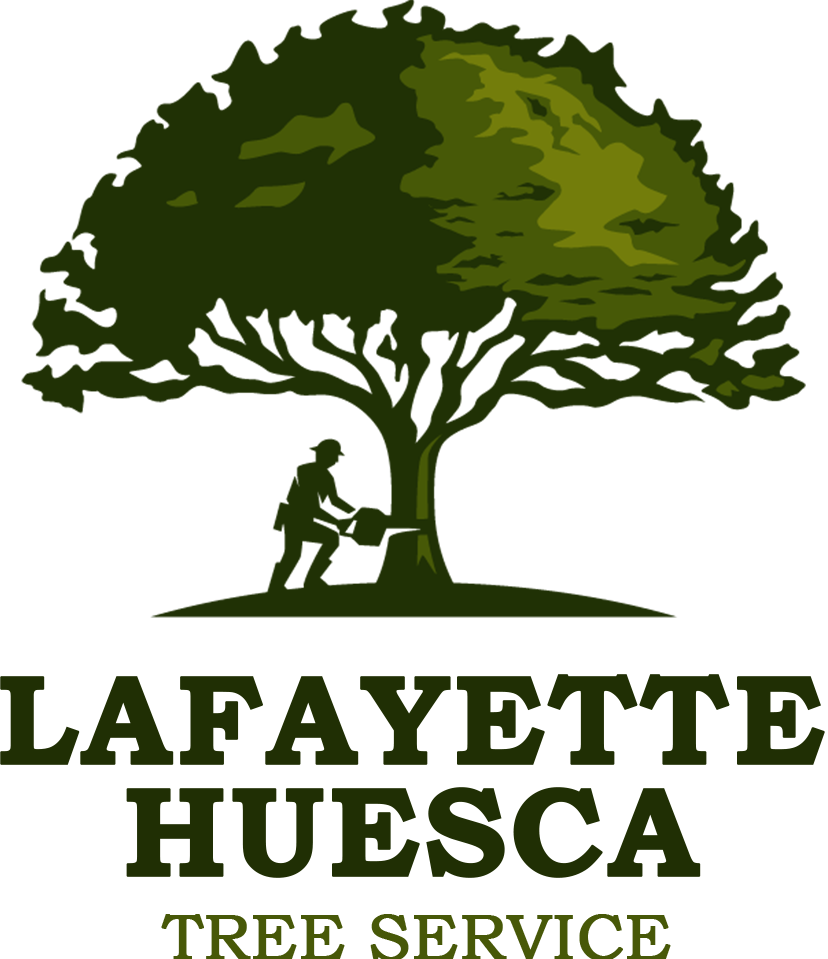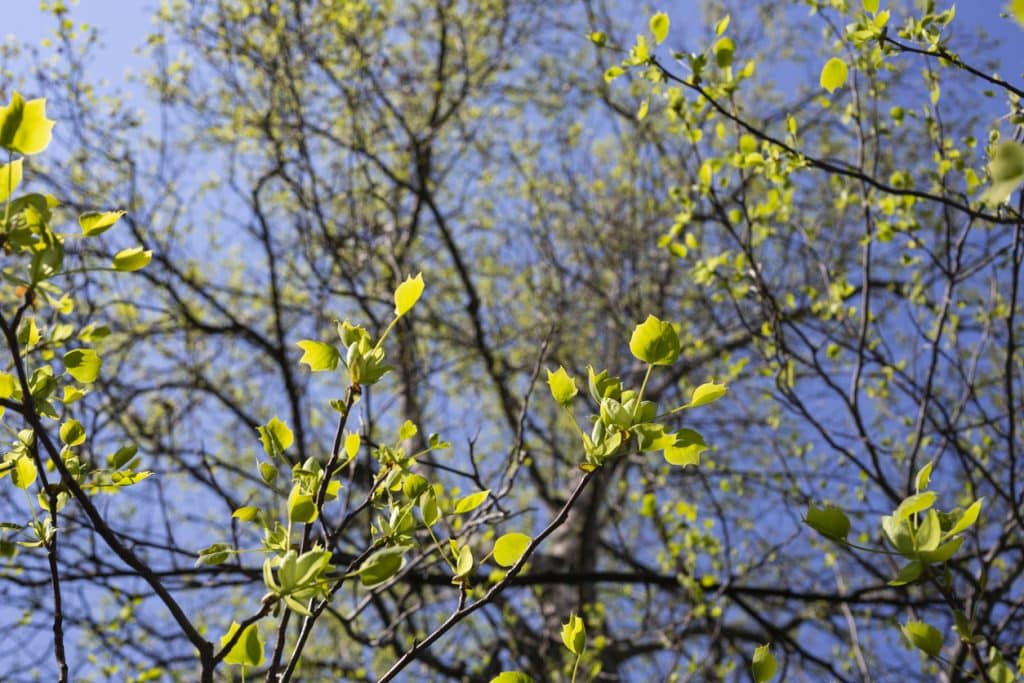Whether you live near Armstrong Park or on the banks of the Wabash, as a resident of Lafayette, you no doubt see trees every day. You may see some species so often that you assume they’re native to the state. But you’ll be surprised how many aren’t. Like other trees that show up in places where they’re not native, they were either brought to Indiana and deliberately planted or made their way here on their own. Here are some trees commonly found around Indiana that aren’t at all native:
- Eastern hemlock
- Japanese maple
- Scots pine
- White mulberry
Eastern Hemlock
The alternative name of this beautiful tree, the Canadian hemlock tells you that it’s not a native of Indiana. It’s in fact native to Canada and the northeastern part of the United States. It’s a conifer that can grow up to 100 feet high. Its flowers open in May, with male flowers a green-yellow and the larger female flowers colored green. The cones ripen in the fall.
Japanese Maple
This small tree, which grows to about 20 feet high, is used as an ornamental. It’s native to China, Japan, and Korea. Its leaves are deeply serrated and prized for the brilliant shades of red or purple they turn in the fall. The samaras, or winged fruits, hang down in clusters. There are now many varieties of Japanese maple.
Scots Pine
Like the Japanese maple, the name of this tree tells you of its origins. It’s not just native to Scotland but to northern and western Europe in general and as far west as Russia. This stately pine can grow as tall as 120 feet. The flowers appear in May, and the cones take two years to ripen. The tree’s needles come in pairs and are about 2 inches long. They’re a beautiful bluish green and attractively twisted. Another feature of the Scots pine is the orange, flaking bark on the upper part of the trunk.
White Mulberry
This 30-foot-tall tree is native to China, but it’s grown in other countries as food for the silkworm caterpillar. It has male and female flowers on separate catkins, and the white fruit gives the tree its name. The fruit can also be pinkish or purple. The leaves are roundish with serrated edges and shiny on the top.
Contact Lafayette Huesca Tree Services
You may be the owner of a tree that’s not native to Indiana whether it’s a towering Scots pine or a treasured Japanese maple that’s the pride of your front garden. Whatever type of tree you have, you’ll want to make sure that it lives a long and healthy life. If you need more information or professional tree care, don’t hesitate to call our experts at Lafayette Huesca Tree Services today.







